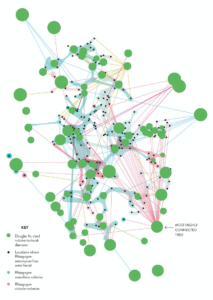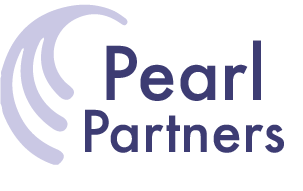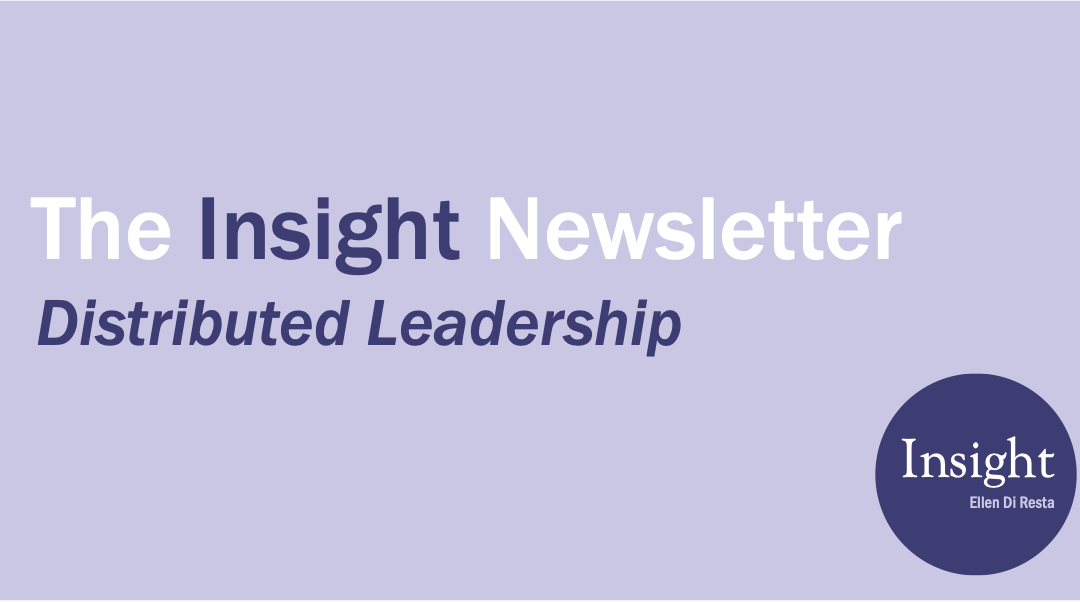In her latest book, Finding the Mother Tree, Professor Suzanne Simard describes how trees in the forest communicate with each other. Connected by a web of fungi, this network contains centers and satellites, all guided by the oldest trees serving as communication hubs. It upends the theory that survival of the fittest is solely about individual gain. The individual trees thrive only when they are supported by this intricate ecosystem, which Nature Magazine dubbed the Wood Wide Web.

Professor Simard found that when large areas of forest were clear cut and older trees removed, the forests deteriorated, as if they had lost their way. They needed the older “Mother Trees” to guide the forest’s development. The robust fungal network enables the forest to collectively adapt to new conditions and individual trees to work collaboratively to survive.
I believe that the operation of the forest ecosystem provides an example of what we need to learn for organizations to thrive today, and it is already starting to happen.
My last post described the power shifts we are seeing as internal and external communities focused on Environmental, Social, and Governance (ESG) issues are becoming powerful influencers of corporate decision making. Corporations have become increasingly disconnected from the communities they inhabit, and we are seeing a backlash.
While this backlash can be difficult to navigate in the near term, I believe that organizations will find a balance where they serve as one of many networked nodes in a larger ecosystem. Does this suggest that the competitive instincts that have supported their growth will need to be abandoned? Not at all. Simard found that even in the forest, the “Mother Trees” will favor their own saplings at the same time they are supporting the rest of the ecosystem.
Our ideas about what it takes to become “the fittest” can no longer refer to individual pursuit. As we widen our focus to recognize the value of broader groups of stakeholders, leadership will become more distributed. But this does not dilute the importance of strong leaders. We need leaders who can balance their individual organization’s competitiveness, while collaborating with other leaders in the shared ecosystem.
For me, Professor Simard’s findings confirm that this balance can be struck. For a good example we only need to look at the Daintree Rainforest in Australia, one of the most biologically diverse, and estimated to have survived for approximately 180 million years.
In the long term the strongest do survive, but not at the expense of the communities that support them.
What examples have you seen of strong leadership collaboration within a broader ecosystem? Where have you seen it actively discouraged?

